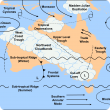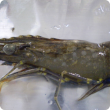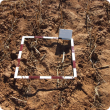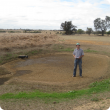Filter by regions:
- (-) Remove Wheatbelt filter Wheatbelt
- Great Southern (895) Apply Great Southern filter
- South West (840) Apply South West filter
- Mid West (817) Apply Mid West filter
- Goldfields-Esperance (769) Apply Goldfields-Esperance filter
- Peel (707) Apply Peel filter
- Perth regions (572) Apply Perth regions filter
- Gascoyne (507) Apply Gascoyne filter
- Pilbara (467) Apply Pilbara filter
- Kimberley (455) Apply Kimberley filter









